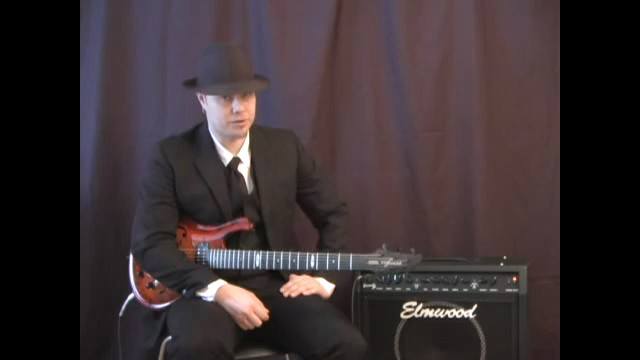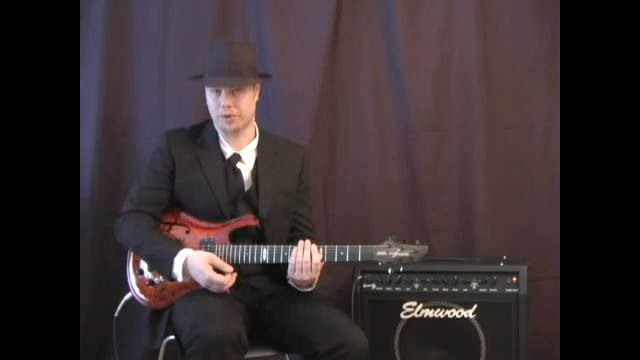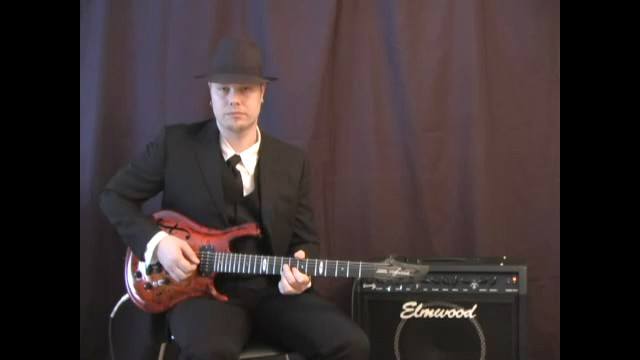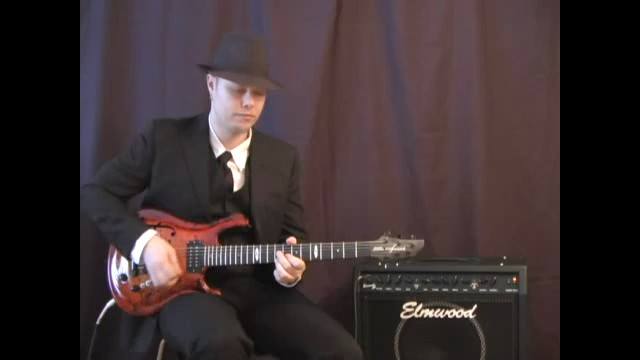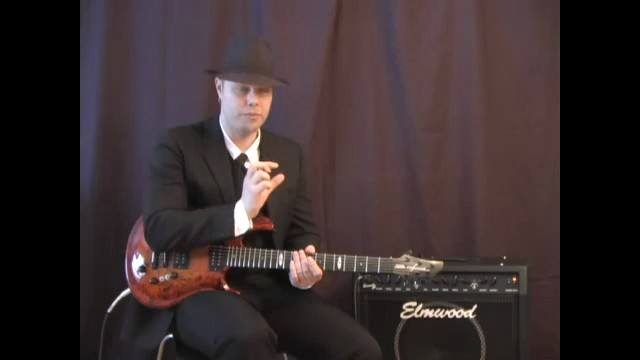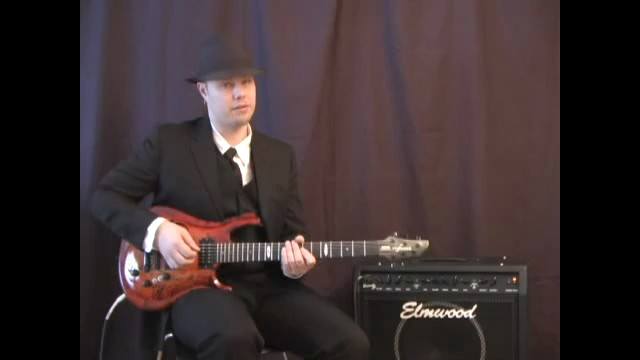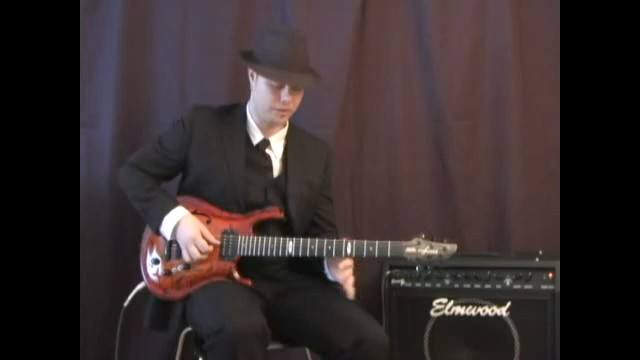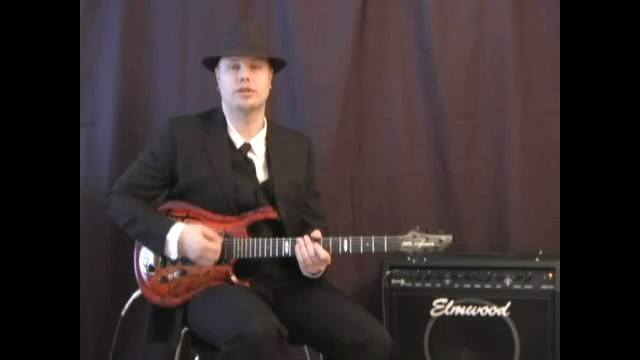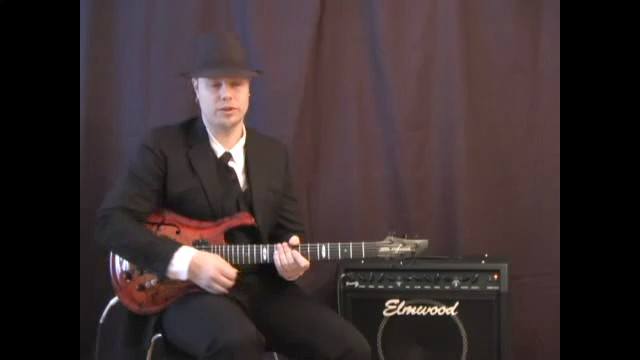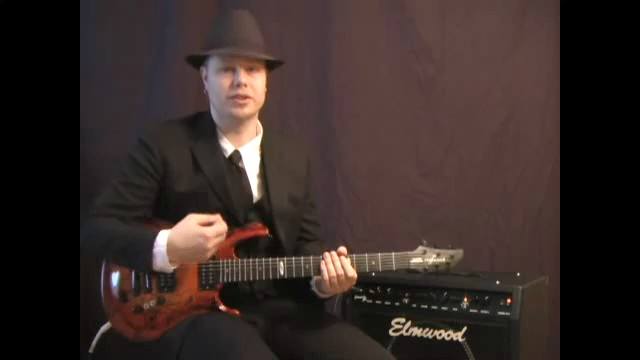Guitar Tutorial
Funk 101
Begin Tutorial-
SaveCompleteInfo1
-
SaveCompleteInfo2
-
SaveCompleteInfo3
-
SaveCompleteInfo4
-
SaveCompleteInfo5
-
SaveCompleteInfo6
-
SaveCompleteInfo7
-
SaveCompleteInfo8
-
SaveCompleteInfo9
-
SaveCompleteInfo10
-
SaveCompleteInfo11
-
SaveCompleteInfo12
-
SaveCompleteInfo13
-
SaveCompleteInfo14
-
SaveCompleteInfo15

-
SaveCompleteInfo16

-
SaveCompleteInfo17

-
SaveCompleteInfo18

-
SaveCompleteInfo19

Instructor: Richard Lundmark Level: Beginner Topic: Rhythm Style: Funk
Excerpt: Greetings Guitar slingers! Welcome to my tutorial on funk rhythm guitar playing! As I mention in the video, there are many, many variations on funk guitar playing. There is single note funk (more like playing bass lines on guitar), strumming (like what we will be covering here) and much more. You might want to check out Sean Conklin’s Funk in the Tr...
Media Length: 1:06
Instructor: Richard Lundmark Level: Beginner Topic: Rhythm Style: Funk
Excerpt: Ok then! Let's begin shall we? As stated in the video, the first thing you need to grasp to be able to play funk rhythm guitar, is your right hand strumming. Most funk guitar playing revolves around variations of the sixteenth note straight pattern. What this means, is that you need to be able to have a continuous 16th note strumming going on, and then just...
Media Length: 3:30
Instructor: Richard Lundmark Level: Intermediate Topic: Rhythm Style: Funk
Excerpt: So, for the first example we have a slightly syncopated funk rhythm. This particular rhythm is quite common in Funk, and can be found on countless of groovy funk tunes from the 60’s and 70’s (the hey-day of funk!) One way off approaching this pattern is to think that the accents are punctuated 8th notes, with two 16th notes in the end. If you tr...
Media Length: 1:33
Instructor: Richard Lundmark Level: Intermediate Topic: Rhythm Style: Funk
Excerpt: This example is similar to the first, just accentuating other parts of the 16th note groupings. If you nailed the 1st one, this should present no significant obstacle. Remember to practice with the backing track as well, and just play it over and over, listening to how the various accents fall against the drum and bass rhythms. Turn the page to take it up a...
Media Length: 0:34
Instructor: Richard Lundmark Level: Intermediate Topic: Rhythm Style: Funk
Excerpt: Time for example 3! This is slightly harder, since it has a more syncopated figure, but also since when playing the rhythm in a loop, you have the first two 16th note accents, and the last 2 binded together. This might look fine on paper, but when actually playing it, you will notice how (especially if you’re not playing to drums and bass) you start t...
Media Length: 1:04
Instructor: Richard Lundmark Level: Intermediate Topic: Rhythm Style: Funk
Excerpt: Example 4... Not much to say about this one, other than what is covered in the video really. What we have here is a rhythm that is easier to get down than example no.3, but that contains a chord change. It’s not much of a chord change; it’s really more of an alteration. We start out with the A7 (dominant seventh, as mentioned previously). Then w...
Media Length: 1:25
Instructor: Richard Lundmark Level: Intermediate Topic: Rhythm Style: Funk
Excerpt: Alright then! Example 5. Now we’re getting somewhere! This example contains chord changes (same as in example 4.), but also some different note values and syncopations than earlier examples. First of all, I deviate from the 16th note strumming pattern here (the holy grail of funk so to say), and seek enlightenment in other note values. Doing this help...
Media Length: 1:10
Instructor: Richard Lundmark Level: Intermediate Topic: Rhythm Style: Funk
Excerpt: This example expands further on the idea presented in the last one, about inserting rests into the 16th note strumming pattern. It also contains different note values, and chords. To start out with we use the same A7 (no root) and A7sus4 (no root) as before. But, in the second bar, we encounter 2 new chords. The first one is a B7sus4 (no root), but the seco...
Media Length: 2:14
Instructor: Richard Lundmark Level: Intermediate Topic: Rhythm Style: Funk
Excerpt: Alright! Example 7 is in shuffle beat. Using shuffle in funk is not common practice, but makes for a nice deviation of the norm. And in the words of the late, great Frank Zappa; “Without deviation from the norm, progress is not possible”. Never be afraid to experiment, and try to remember every stupid thing you do, many pf them might end up as gr...
Media Length: 1:14
Instructor: Richard Lundmark Level: Intermediate Topic: Rhythm Style: Funk
Excerpt: Example 8, the final rhythm example, utilizes strictly 8th note triplets. This is a very uncommon approach to funk, and one I have personally never come across. But, referring back to ‘ol Zappa, I suggest you don’t knock ‘til you’ve tried it! It’s a very pimping groove indeed! Once again, you have a different bass line here as ...
Media Length: 1:05
Instructor: Richard Lundmark Level: Intermediate Topic: Improvising Style: Funk
Excerpt: Bonus Round #1 The most essential things when soloing over funk music is timing and the ability to play with and against the beat/rhythm. In this first example, I have taken the A minor pentatonic scale and played it straight through, sort of like a scale exercise. But, even this "scale exercise" can be made interesting by using groovy rhythmization. In t...
Media Length: 2:07
Instructor: Richard Lundmark Level: Intermediate Topic: Improvising Style: Funk
Excerpt: Bonus Round #2 As with regular blues and rock playing, many songs are constructed using dominant 7th chords, which in effect means we should be playing a major scale (Mixolydian to be exact). However, in most blues and funk, it's not exactly the same. Why is this? It’s really a matter of tradition more than anything else. We have grown accustomed to h...
Media Length: 1:20
Instructor: Richard Lundmark Level: Intermediate Topic: Improvising Style: Funk
Excerpt: Bonus Round #3 This example takes the exact same approach to playing with and against the beat, but in the form of a more traditional blues “lick”. Try it out, and think of how you can apply this to your own licks. And above all, feel that groove people!
Media Length: 1:07
Instructor: Richard Lundmark Level: Intermediate Topic: Improvising Style: Funk
Excerpt: Bonus Round #4 This final example has the same rhythmic approach as the previous examples, but has a more advanced and “realistic” harmonic approach. In the first bar, I begin by using the Mixo-penta scale from Bonus Round 2. But in the second bar, I shift the bass and rhythm guitar over to a D7, thus making this the I and IV chords of a funk bl...
Media Length: 2:05
Instructor: Richard Lundmark Level: Intermediate Topic: Exercises Style: Funk
Excerpt: Here's the backing track used for examples 1-6. Drums and bass only, for you to practice the lesson examples over. Get groooooving!
Media Length: 0:34
Instructor: Richard Lundmark Level: Intermediate Topic: Exercises Style: Funk
Excerpt: Backing track for example 7. No rhythm guitar, so that you can practice the examples.
Media Length: 0:26
Instructor: Richard Lundmark Level: Intermediate Topic: Exercises Style: Funk
Excerpt: Backing track for example 8. No rhythm guitar, so that you can practice the examples.
Media Length: 0:29
Instructor: Richard Lundmark Level: Intermediate Topic: Improvising Style: Funk
Excerpt: Here is the backing track for Bonus Rounds 1 through 3. Now it's time to apply the ideas and concepts that we've learned. Try playing the exact exercises that we learned in the previous lessons, but also try out your own ideas as well. The rhythm guitar is included in the backing for you to improvise over. If you ever record yourself playing along with the ...
Media Length: 1:06
Instructor: Richard Lundmark Level: Intermediate Topic: Improvising Style: Funk
Excerpt: Here is the backing track for Bonus Round 4. Now it's time to apply the ideas and concepts that we've learned. Try playing the exact exercises that we learned in the previous lessons, but also try out your own ideas as well. The rhythm guitar is included in the backing for you to improvise over. If you ever record yourself playing along with the backing, be...
Media Length: 1:06

